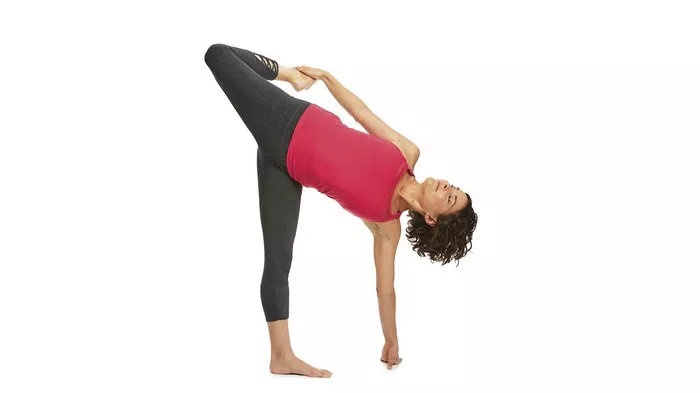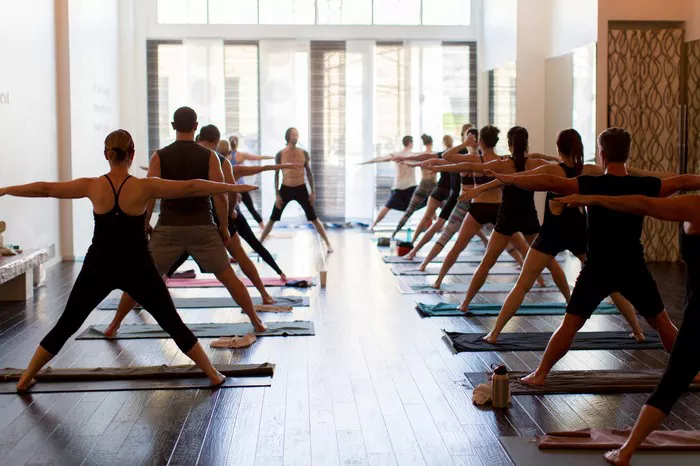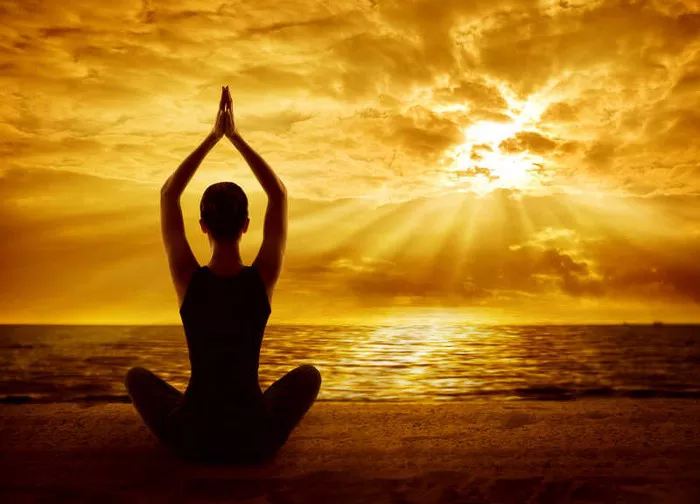Yoga, an ancient practice with roots in India, has become a global phenomenon, influencing millions worldwide with its holistic approach to physical, mental, and spiritual well-being. However, the journey of yoga from the East to the West is a fascinating story involving visionary pioneers, cultural exchanges, and evolving practices. This article delves into the history, key figures, and milestones that facilitated the spread of yoga to the Western world.
The Ancient Origins of Yoga
Yoga’s origins can be traced back over 5,000 years to the Indus Valley civilization, with evidence found in archaeological sites depicting figures in yoga-like postures. The practice evolved through ancient texts such as the Vedas, Upanishads, and the Bhagavad Gita, which laid the philosophical foundations of yoga. Patanjali’s Yoga Sutras, written around 400 CE, systematized yoga into an eight-limbed path, emphasizing ethical conduct, physical postures, breath control, and meditation.
Early Encounters Between East and West
The earliest interactions between the East and West can be traced to ancient trade routes and the conquests of Alexander the Great, which brought Greek and Indian cultures into contact. However, these exchanges did not significantly impact the spread of yoga until much later.
The 19th Century: Seeds of Interest
The 19th century saw a growing curiosity about Eastern philosophies among Western intellectuals and spiritual seekers. The Transcendentalist movement in America, led by figures like Ralph Waldo Emerson and Henry David Thoreau, expressed admiration for Indian scriptures and philosophies. Thoreau’s writings, for instance, reflect his engagement with the Bhagavad Gita and its teachings on meditation and self-discipline.
Swami Vivekananda: The First Major Ambassador
One of the most significant figures in bringing yoga to the West was Swami Vivekananda. Born in 1863 in Calcutta, India, Vivekananda was a disciple of the mystic Ramakrishna Paramahamsa. His mission was to share the spiritual wisdom of India with the world. In 1893, Vivekananda attended the Parliament of the World’s Religions in Chicago, where his eloquent speeches on Hindu philosophy and yoga garnered widespread acclaim.
Vivekananda’s teachings emphasized the universal aspects of yoga, appealing to a broad audience beyond religious boundaries. He established the Vedanta Society, which played a crucial role in introducing yoga and Vedantic philosophy to the Western world. Vivekananda’s travels across the United States and Europe, along with his writings, laid the groundwork for the acceptance of yoga in the West.
Theosophical Society and Western Occultism
The late 19th and early 20th centuries also saw the influence of the Theosophical Society, founded by Helena Blavatsky and Henry Steel Olcott. The society sought to explore and synthesize Eastern and Western spiritual traditions. Blavatsky’s writings and teachings included elements of yoga and Indian philosophy, which further piqued Western interest in these practices.
Early 20th Century: Yogis and Gurus
The early 20th century witnessed the arrival of several Indian yogis and gurus who played pivotal roles in popularizing yoga in the West.
Paramahansa Yogananda
One of the most influential figures of this era was Paramahansa Yogananda. Born in 1893, Yogananda was a disciple of Swami Sri Yukteswar. He traveled to the United States in 1920, where he founded the Self-Realization Fellowship. Yogananda’s seminal work, “Autobiography of a Yogi,” published in 1946, became a spiritual classic and introduced millions to the principles of yoga and meditation. His teachings emphasized the scientific and universal aspects of yoga, making it accessible to a broad audience.
Swami Sivananda and His Disciples
Swami Sivananda, another prominent Indian yogi, founded the Divine Life Society in Rishikesh, India, in 1936. His teachings on the synthesis of yoga and his numerous writings contributed to the spread of yoga philosophy. Sivananda’s disciples, including Swami Vishnudevananda and Swami Satchidananda, traveled to the West and established ashrams and yoga centers, further disseminating yoga practices.
The Post-War Era: Yoga Gains Momentum
The post-World War II era marked a significant turning point in the global spread of yoga. Several factors contributed to yoga’s increasing popularity in the West during this period.
The Influence of Indian Spiritual Leaders
In the 1950s and 1960s, several Indian spiritual leaders gained prominence in the West, furthering the acceptance and practice of yoga.
Maharishi Mahesh Yogi: The founder of Transcendental Meditation (TM), Maharishi introduced TM to the West in the late 1950s. His teachings emphasized the health benefits of meditation and attracted notable followers, including The Beatles, which significantly boosted yoga’s popularity.
Swami Prabhupada: The founder of the International Society for Krishna Consciousness (ISKCON), Swami Prabhupada brought the teachings of Bhakti Yoga to the West in the 1960s. The Hare Krishna movement he initiated gained a substantial following, contributing to the broader acceptance of yoga and Indian spirituality.
The Counterculture Movement
The 1960s counterculture movement in the United States and Europe embraced alternative lifestyles and spiritual practices. Yoga, with its emphasis on inner peace and self-discovery, resonated with the ideals of this movement. The publication of influential books like Richard Hittleman’s “Yoga: 28 Day Exercise Plan” and the widespread availability of yoga classes contributed to yoga’s mainstream acceptance.
The Modern Yoga Movement
The latter half of the 20th century and the early 21st century saw yoga evolve into a global phenomenon, with various styles and schools emerging to cater to diverse needs and preferences.
B.K.S. Iyengar
B.K.S. Iyengar, a disciple of T. Krishnamacharya, played a crucial role in popularizing Hatha Yoga in the West. His book “Light on Yoga,” published in 1966, became a definitive guide to yoga practice. Iyengar’s emphasis on precise alignment and the use of props made yoga accessible to people of all ages and abilities. His teachings influenced numerous yoga teachers and practitioners worldwide.
Pattabhi Jois
Another prominent disciple of T. Krishnamacharya, Pattabhi Jois, developed and popularized Ashtanga Yoga. Jois began teaching Ashtanga Yoga in the West in the 1970s, attracting students who appreciated the dynamic and physically demanding nature of the practice. Ashtanga Yoga’s structured sequences and emphasis on breath and movement coordination influenced many contemporary yoga styles.
Indra Devi
Indra Devi, often called the “First Lady of Yoga,” was one of the first Western women to study yoga in India. Born in Latvia in 1899, Devi studied under Krishnamacharya and later brought his teachings to the West. She opened yoga studios in China, the United States, and Mexico, teaching thousands of students and writing several influential books on yoga practice.
See Also: Can Hot Yoga Make You Sick?
The Commercialization and Globalization of Yoga
In the late 20th and early 21st centuries, yoga experienced significant commercialization and globalization. Yoga studios, teacher training programs, and retreats proliferated worldwide, making yoga a multi-billion-dollar industry. Various styles and fusion practices emerged, catering to different demographics and preferences.
Celebrity Endorsements and Media Influence
The endorsement of yoga by celebrities and the media played a crucial role in its global popularity. High-profile figures such as Madonna, Sting, and Oprah Winfrey publicly embraced yoga, inspiring millions to explore the practice. Television programs, magazines, and social media platforms further amplified yoga’s reach, making it a mainstream fitness and wellness trend.
Scientific Research and Health Benefits
Scientific research on the health benefits of yoga also contributed to its widespread acceptance. Studies highlighting yoga’s positive effects on physical fitness, mental health, and overall well-being helped dispel misconceptions and validate the practice’s efficacy. As a result, yoga became integrated into various fields, including healthcare, education, and corporate wellness programs.
Conclusion
The journey of yoga from its ancient origins in India to becoming a global phenomenon is a testament to the vision and dedication of numerous pioneers, both Indian and Western. Figures like Swami Vivekananda, Paramahansa Yogananda, and B.K.S. Iyengar played pivotal roles in introducing and popularizing yoga in the West. The cultural exchange between East and West, the influence of spiritual leaders, and the evolving societal trends have all contributed to yoga’s widespread acceptance and practice.
Today, yoga continues to evolve, embracing new forms and reaching diverse populations worldwide. Its journey from the East to the West is a story of transformation, adaptation, and enduring relevance, reflecting the timeless appeal of this ancient practice in fostering holistic well-being.
Related topics:


















